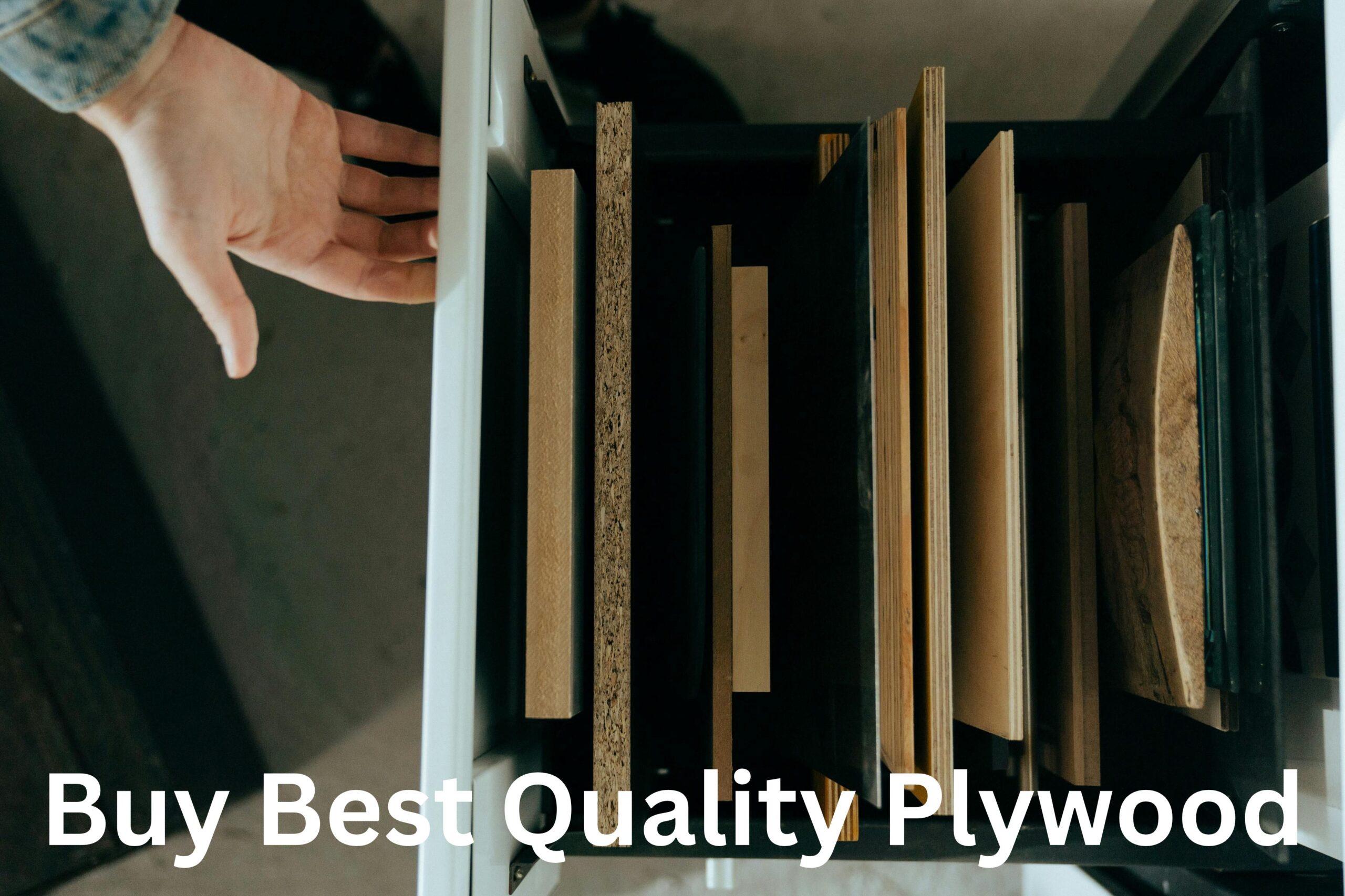When it comes to soundproofing a space, many people wonder about the effectiveness of common building materials. One frequently asked question is whether plywood can block sound effectively. In this comprehensive guide, we’ll explore the sound-blocking capabilities of plywood, its applications in soundproofing, and how to maximize its effectiveness.
Understanding Sound Transmission and Plywood
Before diving into the specifics of plywood’s sound-blocking abilities, it’s important to understand how sound transmission works. Sound travels through air and materials as vibrations. When it comes to plywood’s effectiveness in blocking sound, several factors come into play:
- Density of the material
- Thickness of the panels
- Installation method
- Air gaps and sealing
- Surface treatment
How Effective Is Plywood at Blocking Sound?
While plywood alone isn’t the most effective soundproofing material, it can contribute significantly to sound reduction when properly implemented. Sound proof plywood solutions typically work best when:
- Used in combination with other materials
- Installed with proper techniques
- Incorporated into a larger soundproofing system
Factors Affecting Plywood’s Sound-Blocking Capability
Several key factors determine how well plywood can block sound:
- Thickness: Thicker plywood generally blocks more sound
- Density: Higher-density plywood provides better sound isolation
- Quality: Premium-grade plywood tends to perform better
- Installation: Proper installation techniques significantly impact effectiveness
- Surface treatment: Additional treatments can enhance sound-blocking properties
Types of Plywood for Sound Blocking
Not all plywood is created equal when it comes to soundproofing. Here are the most effective types:
1. Marine-Grade Plywood
- Higher density
- Better moisture resistance
- Superior sound-blocking properties
- More expensive option
2. MDF (Medium-Density Fiberboard)
- Consistent density throughout
- Excellent for sound absorption
- Smooth surface finish
- Cost-effective option
3. Sound Proof Plywood (Specialized)
- Specifically engineered for sound reduction
- Multiple layers with sound-dampening materials
- Higher cost but better performance
- Professional-grade results
Best Practices for Using Plywood in Soundproofing
To maximize the sound-blocking effectiveness of plywood, consider these best practices:
Double Layer Installation
- Use two layers of plywood with offset seams
- Include sound-dampening material between layers
- Seal all joints and edges properly
Proper Mounting
- Use resilient channels or sound isolation clips
- Create air gaps between layers
- Install gaskets at contact points
Surface Treatment
- Apply mass-loaded vinyl
- Use Green Glue or similar damping compounds
- Consider additional sound-absorbing materials
Common Applications of Sound-Blocking Plywood
Plywood can be effectively used for sound blocking in various settings:
Home Applications
- Home theater rooms
- Music practice spaces
- Home offices
- Bedroom walls
- Floor underlayment
Commercial Applications
- Recording studios
- Conference rooms
- Restaurant partitions
- Office dividers
- Educational facilities
Enhancing Plywood’s Sound-Blocking Properties
To improve the sound-blocking capabilities of plywood, consider these enhancement methods:
Add Mass
- Install mass-loaded vinyl
- Use sound-dampening mats
- Apply acoustic caulk at seams
Create Air Gaps
- Install furring strips
- Use resilient channels
- Create double-wall construction
Seal Openings
- Fill gaps with acoustic sealant
- Install weatherstripping
- Use door sweeps where applicable
Cost Considerations
The cost of using plywood for sound blocking varies based on several factors:
Basic Materials
- Standard plywood: $20-40 per sheet
- Sound proof plywood: $50-100 per sheet
- Marine-grade plywood: $70-120 per sheet
Additional Components
- Sound-dampening materials: $2-5 per square foot
- Resilient channels: $3-7 per linear foot
- Green Glue or similar compounds: $15-30 per tube
Installation Costs
- DIY installation: Material costs only
- Professional installation: $5-15 per square foot
- Complete system installation: $10-25 per square foot
Maintenance and Longevity
To maintain the sound-blocking effectiveness of plywood installations:
Regular Inspections
- Check for gaps or cracks
- Inspect seals and caulking
- Monitor for moisture damage
Periodic Maintenance
- Replace damaged sections
- Reapply sealants as needed
- Tighten any loose hardware
Q: How thick should plywood be to block sound effectively?
A: For optimal sound blocking, use plywood that’s at least 3/4 inch thick. Multiple layers with damping compounds between them provide even better results.
Q: Can I use regular plywood for soundproofing?
A: While regular plywood can help reduce sound transmission, specialized sound proof plywood or marine-grade plywood typically performs better for soundproofing applications.
Q: How much sound reduction can I expect from plywood?
A: A single layer of 3/4-inch plywood typically reduces sound transmission by 20-25 decibels. Multiple layers with proper installation can achieve greater reduction.
Q: Is plywood better than drywall for soundproofing?
A: Plywood and drywall have different sound-blocking properties. Plywood is generally better for low frequencies, while drywall may perform better for higher frequencies. Often, combining both materials yields the best results.
Q: How long does sound proof plywood last?
A: When properly installed and maintained, sound proof plywood can maintain its effectiveness for 15-20 years or more, depending on environmental conditions and usage.
Conclusion
Plywood can indeed be an effective component in sound-blocking applications, especially when used as part of a comprehensive soundproofing system. While standard plywood offers some sound-blocking properties, specialized sound proof plywood and proper installation techniques can significantly enhance its effectiveness. Success depends on choosing the right type of plywood, proper installation methods, and appropriate supplementary materials.
For optimal results, consider consulting with soundproofing professionals who can recommend the best combination of materials and installation techniques for your specific needs. Remember that effective soundproofing often requires a multi-layered approach, and plywood can be an valuable part of that solution when properly implemented.
Whether you’re creating a quiet home office, setting up a music room, or building a commercial space, understanding how to effectively use plywood for sound blocking can help you achieve your acoustic goals while maintaining structural integrity and staying within budget.


